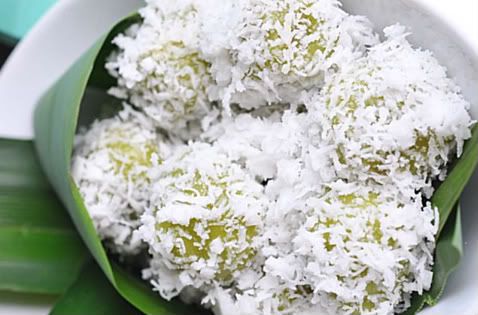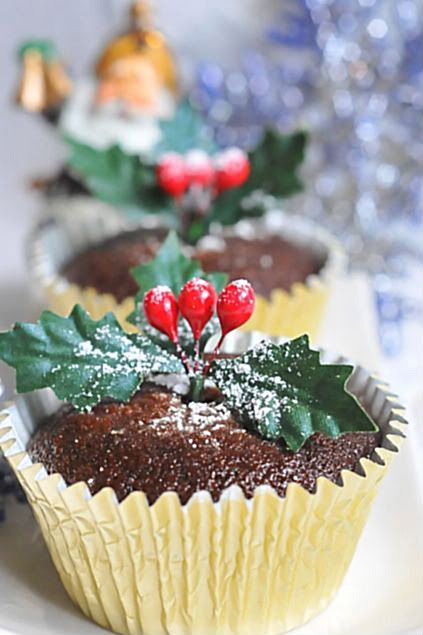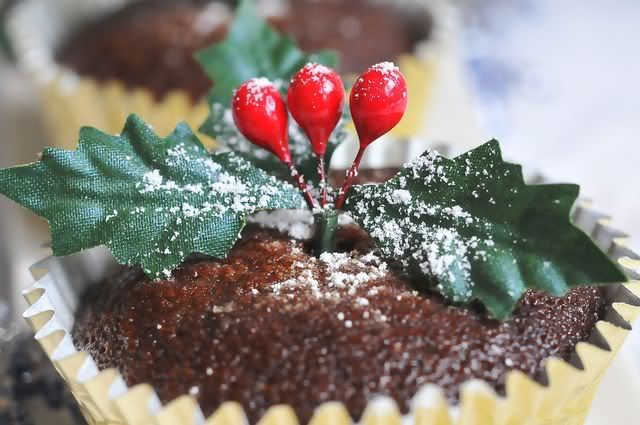Before I get into my post proper, I would like to thank Abby of
Blissful Bites for giving me a "Passionate Foodie Blog Award". It certainly came as a surprise and a very nice one at that.
Okey, now back to my post. I came across this tart dough recipe from one of my favourite blogs Deb of
Smitten Kitchen. She has such a fantastic blog and comes with equally amazing and delicious recipes. This particular recipe caught my eye because she mentioned that it was "unshrinkable" and I thought I'd try it out to see if it's really true. Most of the sweetcrust dough (and the same goes for puff pastry as well) tends to shrink upon baking. So instead of having a 2" high pie side lining I'm short-changed and end up 1/4 to 1/2" shorter. Sometimes it's a bummer especially if my filing is pastry cream and my pie would look like an over-flowing "mud" pit!
As all the ingredients are mixed up in a food processor, this is the only electrical appliance you would need. Deb said that you could either roll out the dough or alternatively if lazy, just press it into a pie pan. Furthermore you don't require any pie weights when baking. How much easier could it get! I tried this recipe out over a Sunday and invited some friends over to taste it. I made this into a fresh mango pastry cream tart with a sprinkling of chopped pistachio over the top. Yum!

 Fresh Mango Tart
Fresh Mango Tart
You will Need:One 9-inch pie tart shell
1 cup vanilla pastry cream
2 ripe mangoes
Crushed pistachio nuts for decoration
Pie Tart Shell
Recipe Adapted from Dorie Greenspan
(Makes enough for one 9-inch tart crust)
Ingredients:1 1/2 cups all-purpose flour
1/2 cup confectioner’s sugar
1/4 teaspoon salt
1 stick (113g) plus 1 tablespoon (9 tablespoons; 4 1/2 ounces) very cold (or frozen) unsalted butter, cut into small pieces
1 large egg yolk
Method:1) Pulse the flour, sugar and salt together in the bowl of a food processor. Scatter the pieces of butter over the dry ingredients and pulse until the butter is coarsely cut in. (You’re looking for some pieces the size of oatmeal flakes and some the size of peas.)
2) Stir the yolk, just to break it up, and add it a little at a time, pulsing after each addition. When the egg is in, process in long pulses–about 10 seconds each–until the dough, which will look granular soon after the egg is added, forms clumps and curds. Just before you reach this stage, the sound of the machine working the dough will change–heads up.
3) Turn the dough out onto a work surface and, very lightly and sparingly, knead the dough just to incorporate any dry ingredients that might have escaped mixing. Chill the dough, wrapped in plastic, for about 2 hours before rolling.
(I found the dough to be too hard to roll after chilling for 2 hours, so had to let it rest at room temperature for about 15 minutes before I attempted rolling it)4) To roll the dough: Butter a 9-inch fluted tart pan with a removable bottom. Roll out chilled dough on floured sheet of parchment paper to 12-inch round, lifting and turning dough occasionally to free from paper. (Alternately, you can roll this out between two pieces of plastic, though flour the dough a bit anyway.) Using paper as aid, turn dough into 9-inch-diameter tart pan with removable bottom; peel off paper. Seal any cracks in dough. Trim overhang to 1/2 inch. Fold overhang in, making double-thick sides. Pierce crust all over with fork.
5) Alternately, you can press the dough in as soon as it is processed: Press it evenly across the bottom and up the sides of the tart shell. You want to press hard enough that the pieces cling to one another, but not so hard that it loses its crumbly texture.
6) Freeze the crust for at least 30 minutes, preferably longer, before baking. (I left my unbaked crust in the refridgerator (not freezer section) for 2 nights before baking it straight from the refrigerator)
7) To fully bake the crust: Center a rack in the oven and preheat the oven to 190C (375F). Butter the shiny side of a piece of aluminum foil (or use nonstick foil) and fit the foil, buttered side down, tightly against the crust. And here is the very best part: Since you froze the crust, you can bake it without weights. Put the tart pan on a baking sheet and bake the crust for 25 minutes.
8) Carefully remove the foil. If the crust has puffed, press it down gently with the back of a spoon. Bake the crust about 10 minutes longer, or until it is firm and golden brown, brown being the important word: a pale crust doesn’t have a lot of flavor. Transfer the pan to a rack and cool the crust to room temperature, and proceed with the rest of your recipe.
Do ahead: The dough can be wrapped and kept in the refrigerator for up to 5 days or frozen for up to 2 months. While the fully baked crust can be packed airtight and frozen for up to 2 months, the flavor will be fresher bake it directly from the freezer, already rolled out.To Assembly Tart:1) Cut the cheeks off both mangoes. Using a large spoon, carefully scoop out the flesh. Cut the mango cheeks into thin slices.
2) Fill the cold pastry case with the pastry cream, ensuring the filling is smooth.
3) Artfully arrange the mango slices over the pastry cream. Sprinkle the chopped pistachios on top of the tart.
4) The tart can be chilled in the fridge for a few hours before serving. It is best eaten on the day it is made as the pastry can become soggy from the pastry cream.






















































